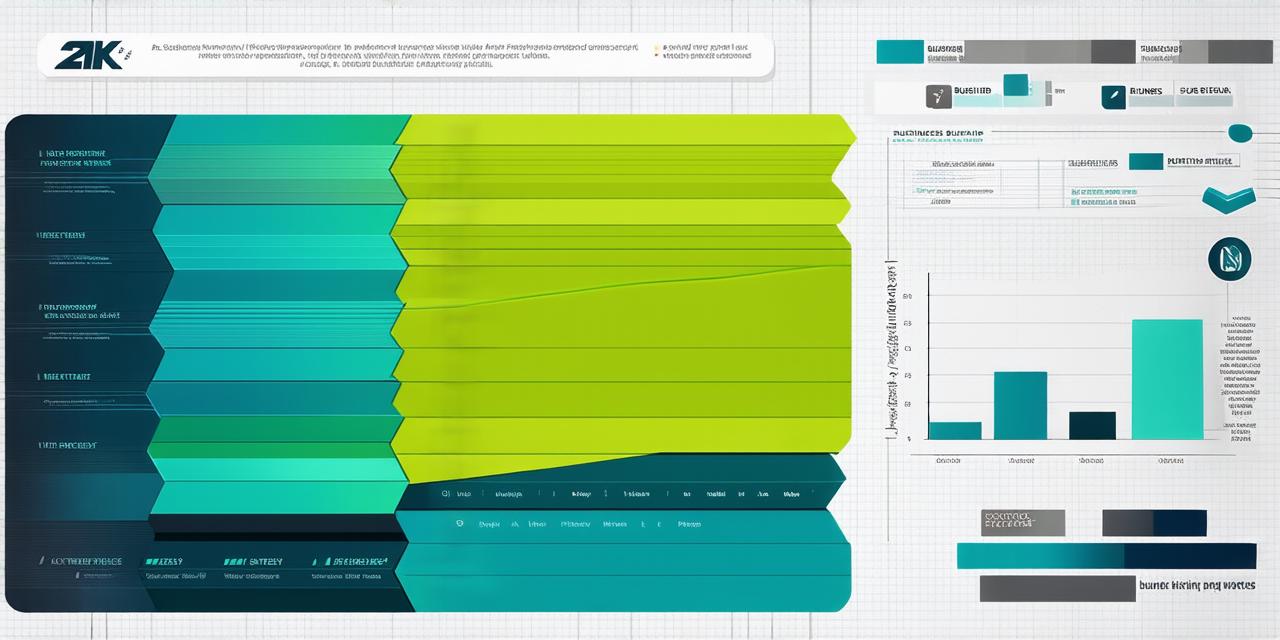If you’re an entrepreneur looking to grow your business, then creating a solid business development plan is crucial.

But with so many different approaches and strategies out there, it can be challenging to know where to start. In this article, we’ll break down the key elements of a successful business development plan and provide actionable tips on how to write one that will boost your growth today.
What is a Business Development Plan?
A business development plan is a document that outlines the strategies and tactics you’ll use to grow your business over the next 12-24 months. It’s designed to be a comprehensive roadmap for achieving your goals, whether that means increasing revenue, expanding into new markets or developing new products and services.
The most important thing about a business development plan is that it’s not just a one-time exercise. Instead, it should be an ongoing process that you review and update regularly to ensure that you’re on track to achieve your objectives.
Key Elements of a Business Development Plan
There are several key elements that every business development plan should include:
- Executive Summary: The executive summary is a brief overview of your entire business development plan. It should highlight the main goals and objectives you’re trying to achieve, as well as the strategies and tactics you’ll use to do so.
- Market Analysis: A market analysis is a detailed study of the industry or markets in which your business operates. This includes identifying trends, analyzing competitors, and understanding customer needs and preferences.
- Marketing Strategy: Your marketing strategy should outline how you plan to reach and engage with your target audience. This might include social media campaigns, content marketing, email marketing, or other forms of advertising.
- Sales Strategy: Your sales strategy should detail how you plan to generate revenue for your business. This might include identifying new markets, developing new products and services, or increasing pricing.
- Financial Projections: Financial projections are a critical component of any business development plan. They should provide a detailed forecast of the financial performance of your business over the next 12-24 months, including revenue growth, profit margins, and cash flow.
Writing Your Business Development Plan
Now that you have a good understanding of what a business development plan should include, let’s take a look at some actionable tips on how to write one that will boost your growth today.
- 1. Start with a Clear Objective: The first step in writing a business development plan is to identify a clear objective. What do you want to achieve? Increase revenue? Enter new markets? Develop new products and services? Whatever it is, make sure it’s specific, measurable, achievable, relevant, and time-bound (SMART).
- 2. Conduct a Market Analysis: Once you have a clear objective, the next step is to conduct a market analysis. This will help you understand the industry or markets in which your business operates, as well as identifying trends, analyzing competitors, and understanding customer needs and preferences.
- 3. Develop a Marketing Strategy: Your marketing strategy should detail how you plan to reach and engage with your target audience. This might include social media campaigns, content marketing, email marketing, or other forms of advertising.
- 4. Create a Sales Strategy: Your sales strategy should detail how you plan to generate revenue for your business. This might include identifying new markets, developing new products and services, or increasing pricing.
- 5. Develop Financial Projections: Financial projections are a critical component of any business development plan. They should provide a detailed forecast of the financial performance of your business over the next 12-24 months, including revenue growth, profit margins, and cash flow.
